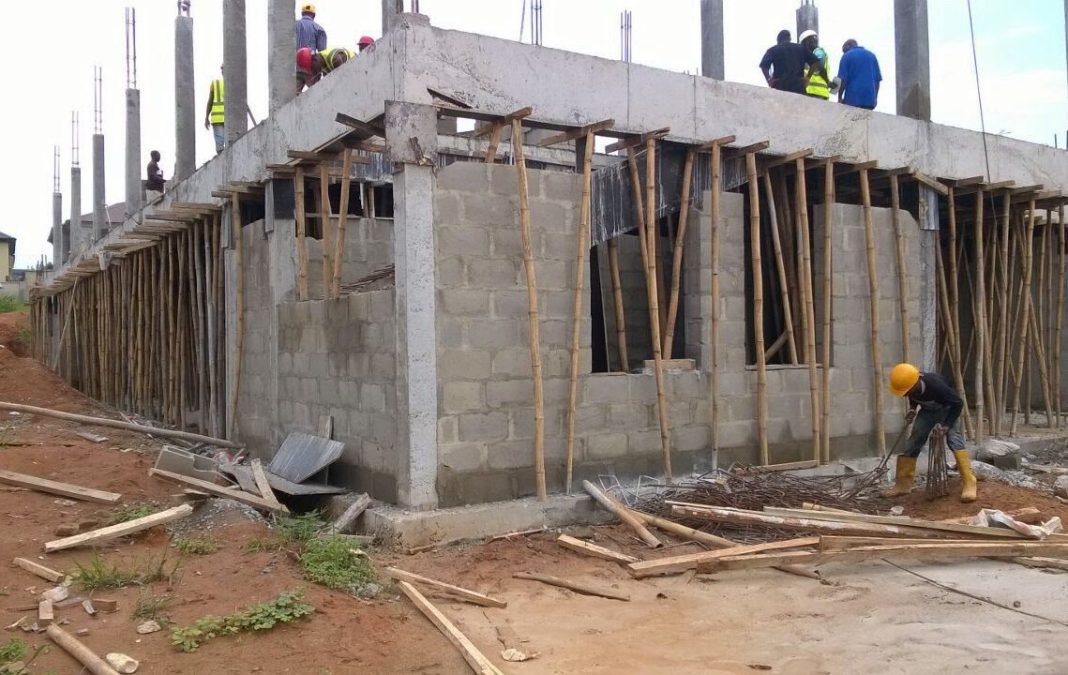The global construction industry is expected to add 230 billion m2 of new construction by 2060. With concrete being the second-most used substance (behind only water), today’s sustainability efforts have focused heavily on lowering the operational carbon between the cement, concrete, and construction industries.
Covering the entire value chain from cement production to building construction, the Portland Cement Association’s Roadmap to Carbon Neutrality identifies targets, timelines, technologies and supporting policies needed to achieve and accelerate the world’s goal of a NetZero of the entire industry by 2050.
In an effort to provide one more tool for concrete contractors to help lower embodied carbon and work toward a sustainable future, Clark Pacific has come forward with a proprietary concrete mix called CARBONSHIELD – claiming that it features 50% less embodied carbon than a traditional concrete mix. When combined with the benefits of offsite construction and efficient design, the company claims that CARBONSHIELD can significantly impact construction’s carbon footprint.
Clark Pacific is a design-build manufacturer of prefabricated building systems. Driven to deliver better buildings, the company has paved the way for prefabrication in the marketplace, bridging the gap between manufacturing and construction to deliver high-quality, cost-effective buildings on budget and on time. Clark Pacific’s approach provides owners and design-build teams with greater schedule and cost certainty, cleaner and safer jobsites, higher quality systems, and more resilient structures than conventional construction.
CARBONSHIELD creates an opportunity for owners and architects to reduce embodied carbon and meet sustainability goals significantly. By leveraging factory-controlled accelerated curing techniques, CARBONSHIELD offers the same performance as traditional mixes, with significantly less carbon-laden cement. While “green concrete” options are often limited to elements that can tolerate slow strength gains, such as foundation or shear walls, CARBONSHIELD reduces carbon from all of a building’s structural elements.
In support of CARBONSHIELD, Clark Pacific’s other sustainable efforts include zero-waste plants designed to produce zero discharge of stormwater by recycling water for reuse in manufacturing, recharge of groundwater, solid waste recycling, energy conservation, and sustainable business practices. The company states that in April 2022, it announced plans to transition its consumption to nearly 100% renewable energy by installing solar arrays across all of its facilities, beginning with its Woodland facility. This use of solar energy will offset the impact of 14,976 passenger vehicles per year, the energy consumption of 8,293 single-family homes per year, and is equivalent to planting 1,138,654 tree seedlings over 10 years.
Geene Alhady, president of Clark Pacific, sees CARBONSHIELD as a representation of a next generation in concrete and prefabrication allowing contractors to be smarter, more efficient, and sustainable.
“As a leader in sustainable building systems, we never stop exploring new ways to reduce the carbon footprint of both our business and the structures we manufacture,” says Alhady. “CARBONSHIELD…is a key aspect of our company’s strategy to reach zero embodied carbon. We’re excited to bring our customers a way to take advantage of prefabrication and meet sustainability goals without sacrificing strength and quality.”

































